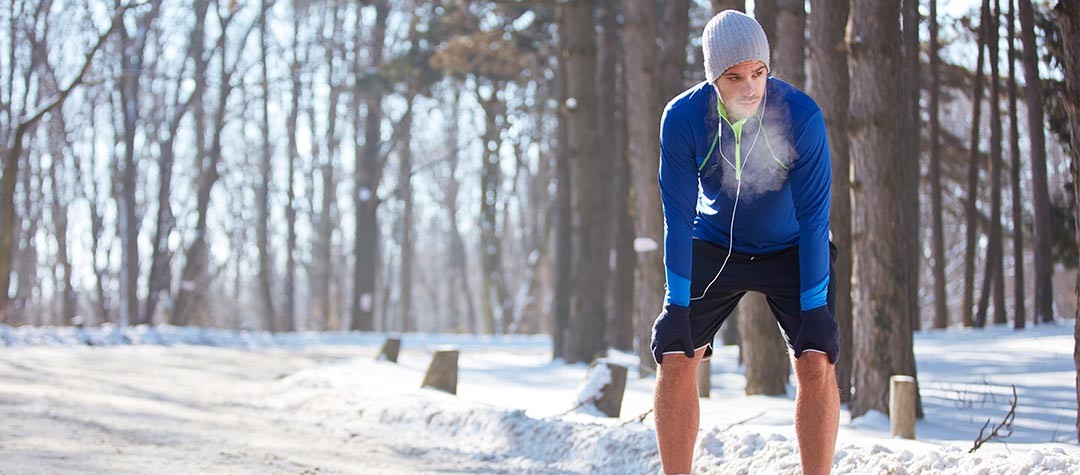The chill in the air might seem like a good enough reason to skip your morning run, especially with community races like those in Niantic and East Lyme on the horizon. Many runners find the cold weather a daunting prospect, but with the right preparation, training through cooler temperatures can be not only safe but also surprisingly enjoyable for building endurance and resilience. Embracing the cool air can actually enhance your running experience, provided you’re equipped with the knowledge to adapt your routine.
This guide is designed specifically for our Niantic and East Lyme neighbors who are gearing up for local races. We’ll break down the essential strategies to help you stay warm, comfortable, and injury-free as you log your miles during the colder months. By focusing on smart training techniques and appropriate gear, you can maintain your fitness and feel confident stepping up to the start line, no matter what the weather forecast holds for our beautiful Connecticut coastline.

- Runner with reflective gear training in low-light conditions—important for safety during early-morning or evening runs in Niantic and East Lyme. Source: realbuzz.com
When the temperature drops, your muscles take longer to warm up and become more prone to strains and injuries. It’s crucial to warm up before hitting the pavement or trails. Aim for at least 10 minutes of light activity, such as a brisk walk or a slow jog, to gradually increase your core body temperature and get your blood flowing. Follow this with dynamic stretches, such as leg swings, arm circles, and lunges, to prepare your joints and muscles for the demands of running.
The cold air can also impact your breathing, particularly for individuals with asthma or other respiratory conditions. Inhaling very cold air can sometimes irritate or trigger symptoms like coughing or shortness of breath. A simple yet effective trick is to cover your nose and mouth loosely with a scarf or buff. This helps to warm and humidify the air you inhale, making it less harsh on your airways and allowing you to breathe more comfortably during your runs.

- How To Train In The Cold—cover image introducing cold-weather running challenges and preparation for local races. Source: realbuzz.com
Layering your clothing is the key principle for cold-weather running. Start with a base layer made of moisture-wicking material, like synthetic fabrics or merino wool, to draw sweat away from your skin and keep you dry. On top of this, add an insulating layer, such as a fleece or thermal top, for warmth. Your outermost layer should be windproof and waterproof, or at least water-resistant, to shield you from the elements. Remember, you’ll warm up as you run, so avoid overdressing initially. Don’t forget essential accessories like gloves to keep your hands warm, as extremities are often the first to feel the cold, and reflective gear is a must for visibility during those shorter daylight hours.
It’s easy to forget about hydration when it’s chilly, but your body still loses fluids through sweat and respiration. Staying hydrated is just as important in cold weather as in the heat to maintain performance and prevent fatigue and cramping. For runs lasting longer than 90 minutes, consider a sports drink with electrolytes to help replenish essential minerals lost through sweat. Even on shorter runs, keeping a water bottle handy is a good habit to maintain throughout your training.

- Stay hydrated—carry water or an electrolyte drink even when temperatures are low, especially for runs over 90 minutes. Source: realbuzz.com
When choosing your running route, consider venturing off the main roads in Niantic and East Lyme. While roads might seem straightforward, they can become treacherous when ice lies beneath thin layers of water. Grassy areas or well-maintained trails can offer a safer alternative, as they tend to be less slippery and provide a softer landing should you stumble. If you opt for trails, make sure you’re wearing appropriate trail running shoes with good grip for added security and confidence.
Ultimately, the most important aspect of cold-weather training is to be sensible and listen to your body. If the conditions become truly severe, with high winds, heavy snow, or icy roads, don’t hesitate to adjust your plans. Consider switching your outdoor run to a treadmill session at home or at a local gym, or use the opportunity to explore alternative activities like cycling, swimming, or strength training. Flexibility in your training schedule will help you stay consistent and safe, ensuring you’re ready and eager for your community race.
Header Image Source: AI-generated image
